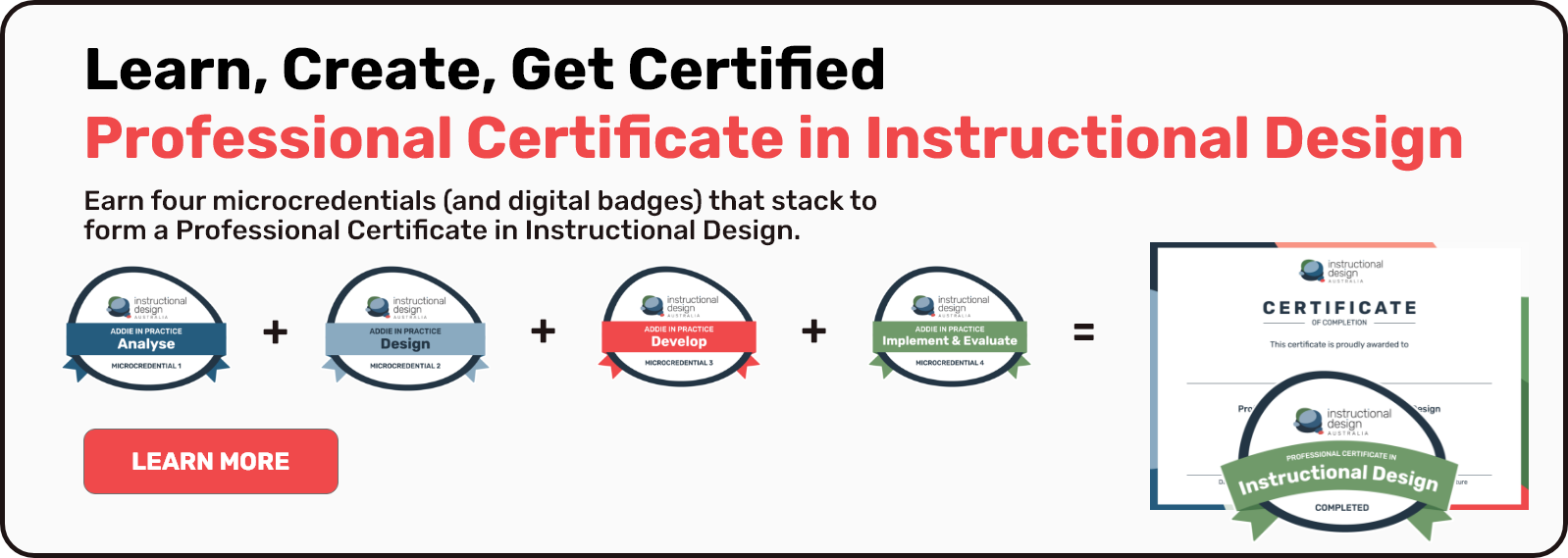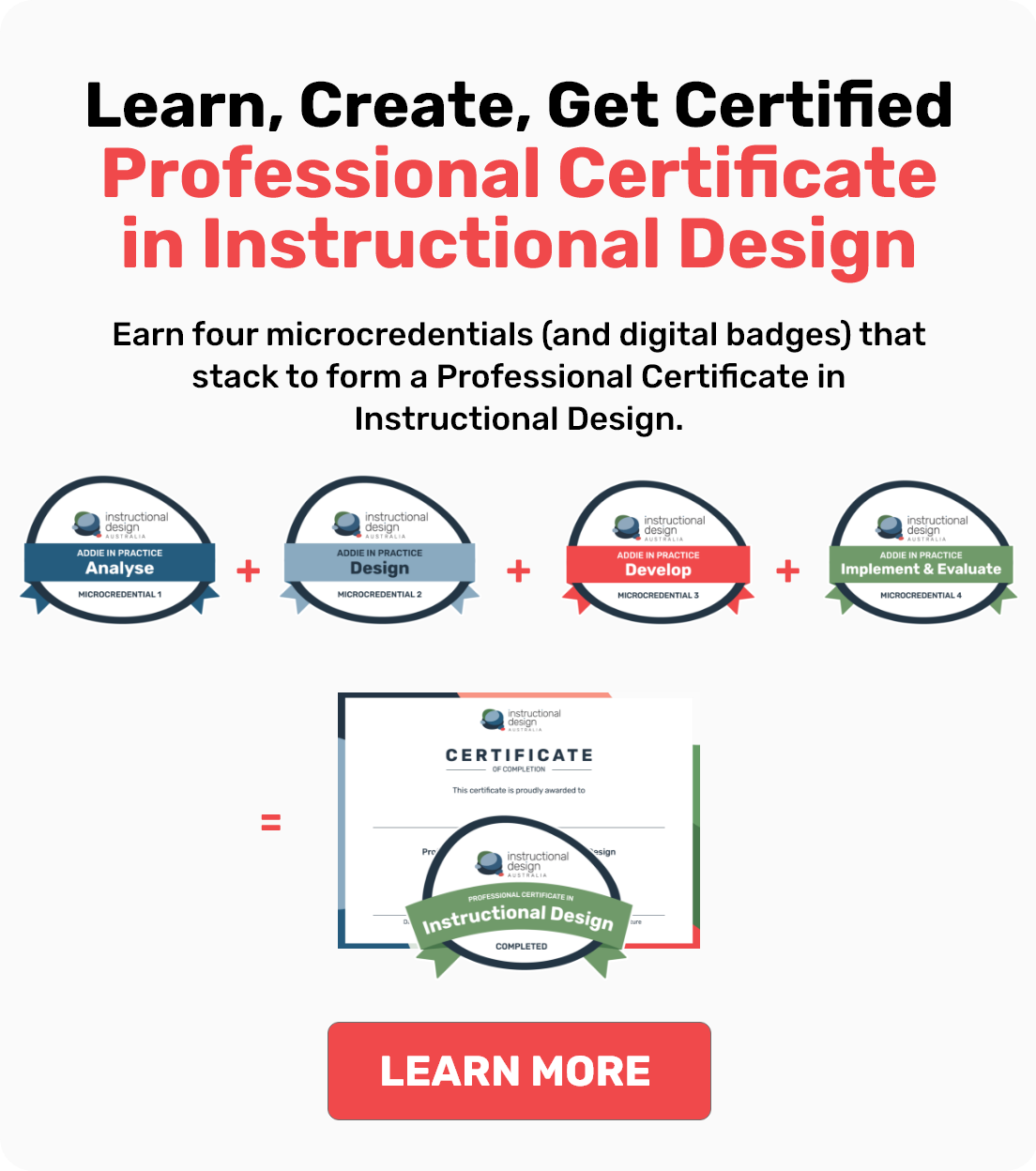Blended Learning: Combining Digital and Face-to-Face Training for Better Results
Effective learning design often requires more than choosing between online or in-person training. Blended learning combines both approaches strategically, creating experiences that maximise the strengths of each format.
What is blended learning?
Blended learning mixes online and face-to-face methods to create a cohesive training experience. Take leadership training as an example:
Digital first: Building knowledge
Participants start with eLearning modules covering core leadership concepts:
- Video lessons on communication styles
- Interactive case studies on team dynamics
- Self-assessment quizzes
- Reflection exercises
Face-to-face: Applying skills
They then attend workshops where theory becomes practice:
- Role-play difficult conversations
- Work through real team challenges
- Practice giving and receiving feedback
- Learn from peers’ experiences
- Receive expert coaching
This approach uses each format’s strengths: digital for consistent, self-paced learning of concepts, and in-person for practice, feedback, and collaborative learning.
The impact of blended learning
Research from the University of Central Florida shows blended courses have 12% lower withdrawal rates compared to single-format approaches (Dziuban et al., 2020). This success stems from three key factors:
- Flexibility: Learners control the pace of online modules while benefiting from real-time feedback in sessions.
- Personalisation: Digital analytics inform and improve face-to-face sessions.
- Cost-efficiency: Reduce travel and venue costs without sacrificing hands-on practice.
But the real win? Engagement. Blended models cater to diverse learning styles; visual learners thrive on video content, social learners spark discussions in workshops, and hands-on learners get stuck into practical tasks.
How to design blended learning experiences that engage
The key is to avoid a “Frankenstein” mix of disconnected tools. Every component should serve a purpose. Let’s break it down:
Flip the classroom
Approach: Deliver theory via eLearning modules (videos, quizzes, readings) before in-person sessions. Use face-to-face time for problem-solving, role-plays, or debates.
Example: Project management teams complete digital modules on methodologies and tools, then attend workshops to plan real projects and practice stakeholder management with expert feedback.
Implementation:
- Create focused pre-work modules
- Design workshops around real scenarios
- Connect online concepts to practical application.
Blend digital collaboration with live interaction
Approach: Platforms like Microsoft Teams or Slack keep discussions alive between sessions. Pair this with live webinars or breakout groups to deepen understanding.
Example: Sales teams share challenges through digital platforms, then address them in live mentoring sessions.
Implementation:
- Set up structured discussion spaces
- Schedule regular live sessions
- Create clear links between online and live components
Use microlearning for reinforcement
Approach: Use short, focused online activities (e.g., 5-minute quizzes, infographics) after in-person sessions to boost knowledge retention.
Example: After a leadership workshop, managers receive daily reflection prompts via an app to apply concepts.
Implementation:
- Create short, focused follow-up content
- Time delivery for maximum impact
- Track completion and engagement
Gamify progress
Approach: Use badges, leaderboards, or certificates to motivate learners to stay on track.
Example: A safety training course awards points for passing module quizzes, unlocking advanced in-person scenarios.
Implementation:
- Set clear completion criteria
- Track both online and in-person participation
- Use data to adjust the program
Blended learning in action: Real example
This program used blended learning to incorporate digital (eLearning), face-to-face and on-the-job training.
Digital resources included written content, videos, podcasts, knowledge checks, activities and discussion boards. This allowed learners to complete the learning in their own time, and to access the content at their fingertips.
The workshops focused on team bonding and skills practice. They were segmented into two blocks, providing opportunity for learners to observe experienced team members in-field to contextualise their role.
The assessments during face-to-face workshops ensured learners had sufficient understanding of their roles before beginning their shadow period.
The shadow period consisted of on-the-job training with the support of experienced team members, and one-on-one coaching sessions to track progress and identify areas requiring further development.
The in-field assessment was used to determine whether the learner is competent to move out of the shadow period and begin their role independently.
Tips for making blended learning work
- Know your audience: As Know your learners’ technical abilities, time constraints, and preferred learning methods before designing your program. Understanding these factors helps you balance online and face-to-face components effectively.
- Balance tech with humanity: Select tools that serve your learning objectives without overwhelming participants. Focus on platforms that integrate seamlessly and provide clear value to the learning experience.
- Use the right delivery method for the content: Map each learning objective to its most effective delivery method. Essential concepts might work best online, while complex skills need face-to-face practice. Ensure each component builds on previous learning.
- Measure results: Develop clear metrics for both online and in-person components. Track engagement, completion rates, and skill application. Use this data to refine your approach and demonstrate program value.
Graham et al. (2013) stress that successful blended learning requires “thoughtful integration” of online and offline elements. Ask yourself: Does each component add clear value, or is it just filler?
Next steps
- Audit current programs for blending opportunities
- Identify critical in-person components
- Select appropriate online tools
- Create integration points
- Develop measurement strategies
Final thoughts
Blended learning is the smarter way to design training, but it only works if you’re intentional. Audit your current programs: Where could a live workshop add depth to an eLearning course? Could a 10-minute podcast replace a 50-page textbook?
Remember, the goal isn’t to use every tool available. It’s to create a seamless experience where online and offline elements elevate each other. Ready to give it a try?
References
- Dziuban, C., Graham, C. R., Moskal, P. D., Norberg, A., & Sicilia, N. (2020). Blended learning: The new normal and emerging technologies. University of Central Florida. Retrieved from: https://educationaltechnologyjournal.springeropen.com/articles/10.1186/s41239-017-0087-5
- Graham, C. R., Woodfield, W., & Harrison, J. B. (2013). A framework for institutional adoption and implementation of blended learning. Educational Technology Research and Development, 61(4). Retrieved from: https://www.researchgate.net/publication/242071777_A_framework_for_institutional_adoption_and_implementation_of_blended_learning_in_higher_education




